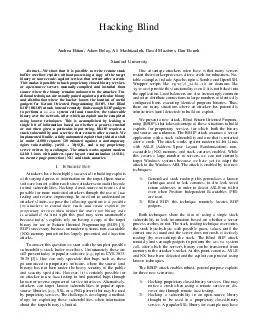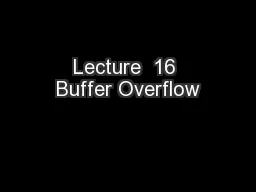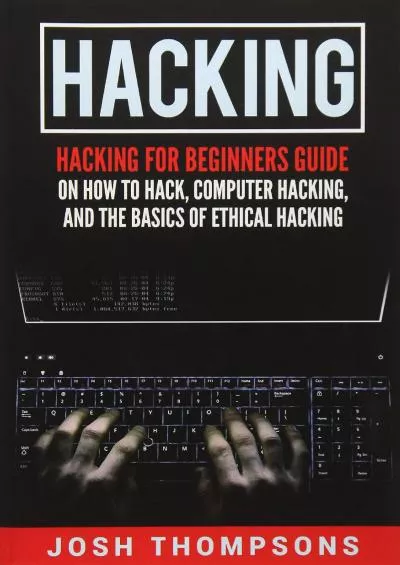PDF-Hacking Blind Andrea Bittau Adam Belay Ali Mashtizadeh David Mazi eres Dan Boneh Stanford
Author : alexa-scheidler | Published Date : 2015-03-19
This makes it possible to hack proprietary closedbinary services or opensource servers manually compiled and installed from source where the binary remains unknown
Presentation Embed Code
Download Presentation
Download Presentation The PPT/PDF document "Hacking Blind Andrea Bittau Adam Belay A..." is the property of its rightful owner. Permission is granted to download and print the materials on this website for personal, non-commercial use only, and to display it on your personal computer provided you do not modify the materials and that you retain all copyright notices contained in the materials. By downloading content from our website, you accept the terms of this agreement.
Hacking Blind Andrea Bittau Adam Belay Ali Mashtizadeh David Mazi eres Dan Boneh Stanford: Transcript
Download Rules Of Document
"Hacking Blind Andrea Bittau Adam Belay Ali Mashtizadeh David Mazi eres Dan Boneh Stanford"The content belongs to its owner. You may download and print it for personal use, without modification, and keep all copyright notices. By downloading, you agree to these terms.
Related Documents










![[FREE]-Hacking: How to Hack, Penetration testing Hacking Book, Step-by-Step implementation](https://thumbs.docslides.com/986534/free-hacking-how-to-hack-penetration-testing-hacking-book-step-by-step-implementation-and-demonstration-guide-learn-fast-wireless-hacking-strategies-hacking-methods-and-black-hat-h-3-manuscripts.jpg)



